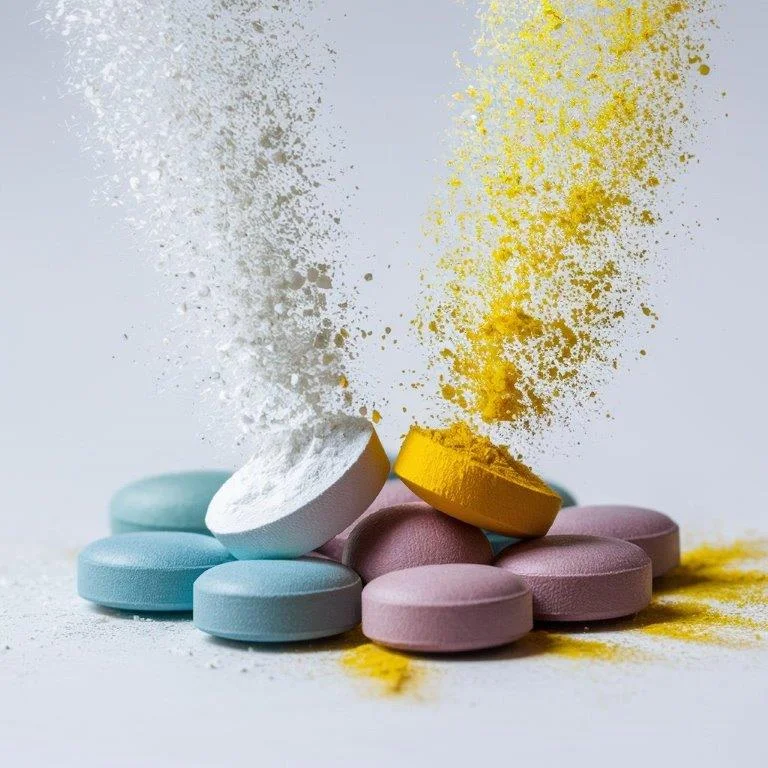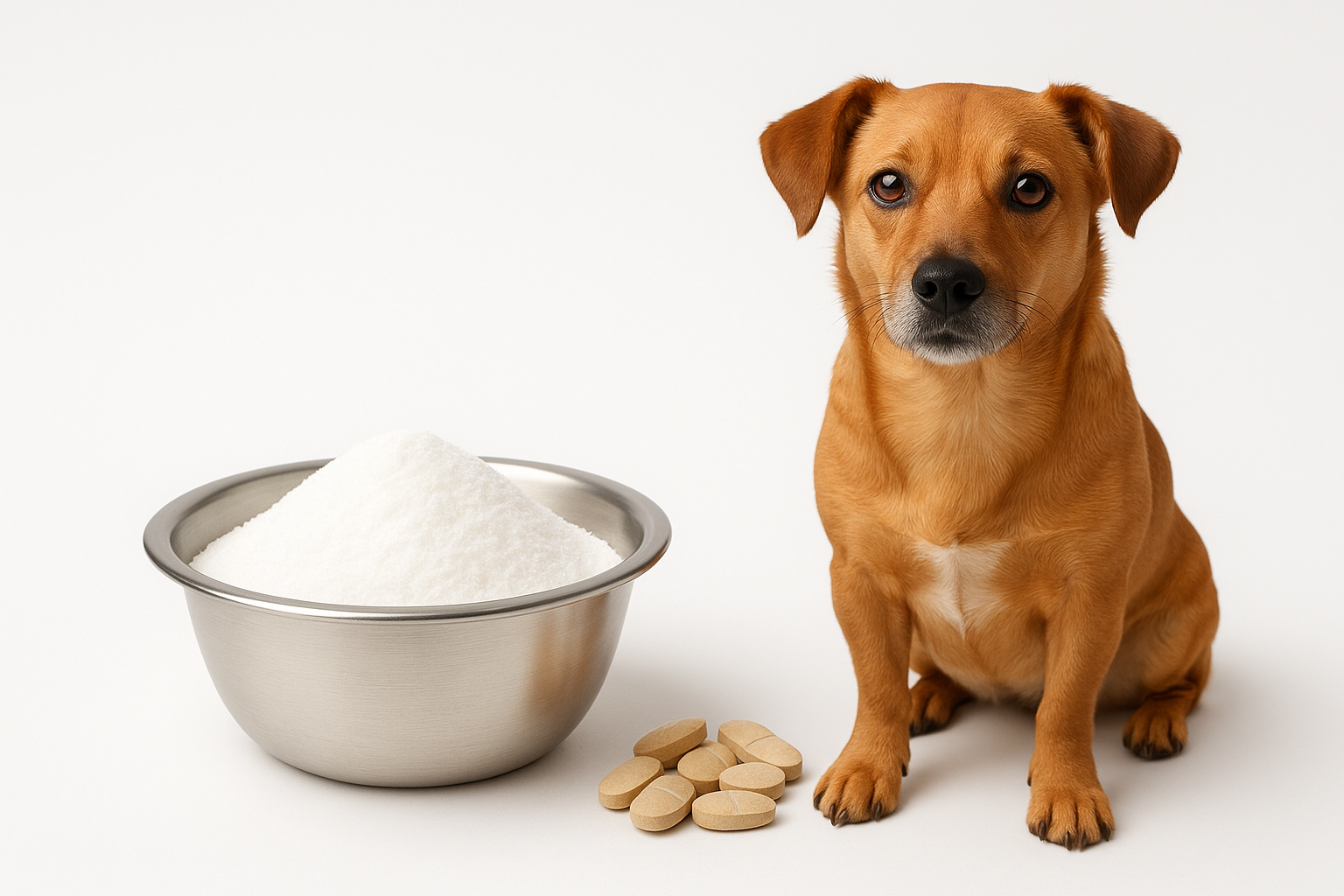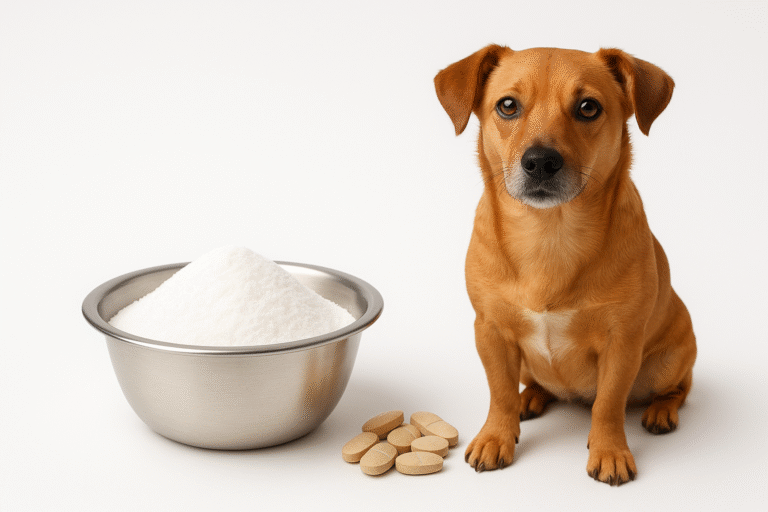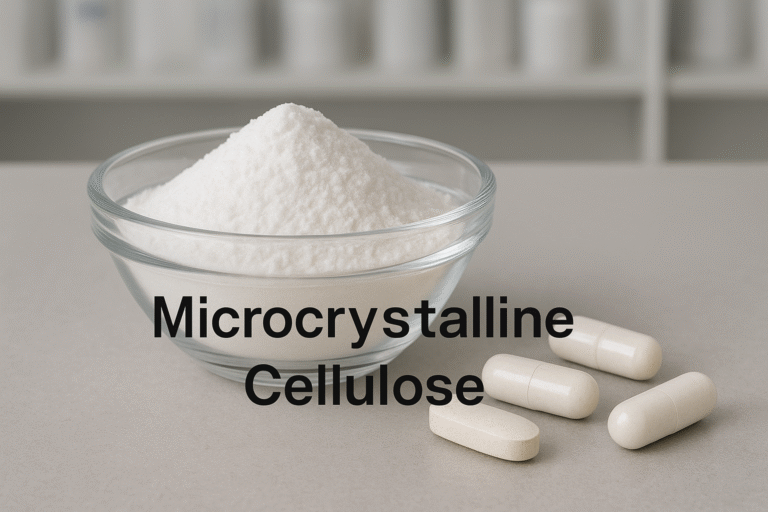
When developing supplements or pharmaceuticals, tablet coating often becomes the finishing touch that separates a good product from a professional one. Many brands struggle with tablets that look dull, taste bitter, or break easily during storage — issues that directly affect consumer trust and sales.
The solution lies in the coating layer, a thin but powerful film that enhances appearance, protection, and functionality. However, few truly understand what the coating is made of, or how it influences the performance of the finished product.
If U are considering manufacturing your own line of dietary supplements or nutraceutical tablets, understanding tablet coating is essential to ensuring product stability, quality, and market competitiveness.
The coating on tablets is a thin layer of protective material applied to the tablet surface to improve appearance, stability, swallowability, and control of ingredient release. Depending on its purpose, coating can be made from polymers, sugars, cellulose derivatives, or enteric materials.
In modern supplement and pharmaceutical manufacturing, film coating is the most common type — offering a smooth, glossy finish that makes tablets easy to swallow and protects them from moisture, oxygen, and light.
Let’s explore the different types of coatings, how they work, and why they matter to your supplement brand’s product quality and consumer experience.
Table of Contents
- What Exactly Is Tablet Coating?
- Why Are Tablets Coated?
- What Are the Main Types of Tablet Coatings?
- What Ingredients Are Used in Tablet Coating?
- How Does Tablet Coating Affect Product Performance?
- How to Choose the Right Coating for Your Product?
1. What Exactly Is Tablet Coating?
Tablet coating is a post-compression process where a thin, uniform layer of coating material is applied to the tablet’s outer surface.
This layer can serve multiple purposes — from protection to aesthetic enhancement.
| Aspect | Description |
|---|---|
| Process | Tablets are placed in a coating drum and sprayed with a liquid or powder coating material. |
| Thickness | Typically 20–200 microns. |
| Purpose | Protection, masking, controlled release, or brand differentiation. |
- Tablet coating ensures each tablet looks professional and remains stable throughout its shelf life.
- It improves consumer experience by reducing bitterness and enhancing visual appeal.
2. Why Are Tablets Coated?
Coating is not just for aesthetics — it’s a functional process that directly impacts product quality and patient or consumer satisfaction.
Tablet coatings protect ingredients, control release, and make swallowing easier.
| Function | Benefit |
|---|---|
| Protection | Prevents oxidation and moisture absorption. |
| Taste masking | Covers bitter flavors of active ingredients. |
| Swallowability | Creates a smooth surface for easier intake. |
| Controlled release | Delivers nutrients at the right time and place. |
| Branding | Enables color, gloss, or logo customization. |
- Coating extends shelf life by shielding sensitive ingredients from external factors.
- It improves brand identity by allowing unique colors and finishes.
3. What Are the Main Types of Tablet Coatings?
Different coating methods serve different functions — from basic protection to targeted nutrient delivery.
The three main types of coatings are sugar coating, film coating, and enteric coating.
| Type | Description | Common Use |
|---|---|---|
| Sugar coating | Thick, glossy coating using sugar solutions. | Traditional supplements and chewable tablets. |
| Film coating | Thin polymer layer for modern tablets. | Multivitamins, herbal extracts. |
| Enteric coating | Special layer that resists stomach acid. | Probiotics, fish oil, enzymes. |
- Film coating is the most widely used method in modern nutraceuticals for its balance of protection and efficiency.
- Enteric coating enables targeted delivery for ingredients sensitive to gastric acid.
4. What Ingredients Are Used in Tablet Coating?
Coating formulations vary depending on desired properties, but all include film-formers, plasticizers, solvents, and colorants.
Each component plays a specific role in achieving strength, flexibility, and uniform appearance.
| Ingredient | Function |
|---|---|
| Hydroxypropyl methylcellulose (HPMC) | Main film-forming polymer. |
| Polyethylene glycol (PEG) | Plasticizer for flexibility. |
| Talc/Titanium dioxide | Opacity and brightness. |
| Colorants | Branding and identification. |
| Aqueous/organic solvents | Medium for uniform coating. |
- HPMC-based coatings provide excellent stability and moisture protection.
- Modern coatings often use water-based systems to meet clean-label requirements.
5. How Does Tablet Coating Affect Product Performance?
Coating does more than make tablets attractive — it influences release rate, absorption, and bioavailability.
Different coating materials control how and where ingredients dissolve.
| Coating Type | Dissolution Site | Impact |
|---|---|---|
| Immediate release | Stomach | Quick absorption |
| Enteric | Intestine | Delayed release, protects actives |
| Sustained release | Throughout GI tract | Extended nutrient delivery |
- Coating design determines how efficiently nutrients reach the bloodstream.
- Proper coating reduces degradation and enhances efficacy of sensitive actives.
6. How to Choose the Right Coating for Your Product?
Choosing the correct coating depends on your product’s formulation, market positioning, and functional goals.
Consider stability, target consumer, and production capacity before finalizing your coating type.
| Consideration | Importance |
|---|---|
| Ingredient sensitivity | Determines need for protection or enteric release. |
| Branding | Influences color, gloss, or logo design. |
| Production capability | Aligns with equipment and budget. |
- Collaboration with a professional manufacturer ensures the most suitable coating process.
- A well-selected coating improves both function and aesthetics — strengthening brand reputation.
Tablet coating is more than a finishing touch — it’s a critical process that defines stability, consumer experience, and product success. Whether it’s protecting active ingredients, masking taste, or improving swallowability, coating transforms a tablet into a market-ready, premium-quality product.
At SD Health Biotech, U get full-service tablet coating solutions integrated into OEM and ODM manufacturing. Our 6 production lines and GMP-certified workshops use advanced coating technologies — including film, enteric, and sugar coating — tailored to your product’s needs. From moisture protection to controlled release, U can rely on our expertise to deliver professional-grade tablets that meet both functional and branding goals.




